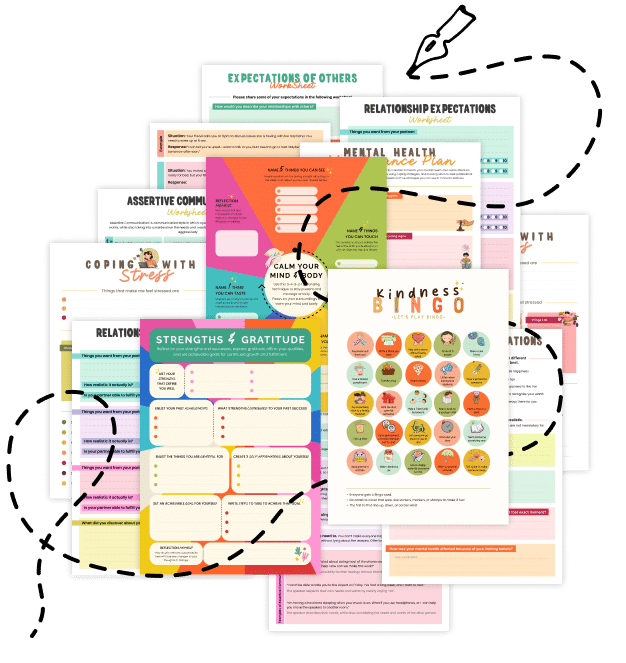20 Things You Should Know About Memory Reconsolidation
Discover how recalling and “re-saving” memories can reshape old experiences or even reduce trauma. Explore 20 essential insights about Memory Reconsolidation—the brain’s process of updating stored information.
1. What Is Memory Reconsolidation?
Memory Reconsolidation is the process by which recalled memories re-enter an unstable state, allowing them to be modified or updated before being “re-saved” in long-term storage. Essentially, you can revise what’s in your memory each time you revisit it.
2. The Reconsolidation Window
When you recall a memory, there’s a time window—often just a few hours—during which the memory is malleable. After that period, it stabilizes again, potentially in a slightly altered form.
3. Evolutionary Advantage
Scientists believe reconsolidation has an evolutionary benefit. Being able to update memories allows us to refine our understanding of the world, integrating new information to better guide future behavior.
4. Implications for Trauma
Memory reconsolidation offers hope for trauma therapy. If a traumatic memory is reactivated under the right conditions, and then paired with contradictory information or a new emotional experience, its emotional intensity can diminish.
5. How It Differs from Extinction
In behavior therapy, extinction means forming a new, non-fearful association that overrides the original memory. In reconsolidation, the old memory itself is rewritten—the change can be more lasting and doesn’t rely on suppressing the original fear response.
6. The Brain Mechanics
During reconsolidation, neural circuits in areas like the hippocampus (for episodic memory) and amygdala (for emotional tagging) become reactivated. Biochemical processes then restabilize or re-encode these memories with updated details.
7. Common Misconception: Memories Are Fixed
People often assume that once a memory is stored, it’s set in stone. In reality, each retrieval can be an opportunity to reinforce—or subtly tweak—what you remember.
8. Everyday Examples
- Skill Updates: Revisiting a dance move or sports technique can refine the memory for better performance.
- Story Embellishment: When we retell a personal anecdote, we may unintentionally add new “facts,” which stick the next time we recall it.
9. Potential for False Memories
Because memories become flexible, false details introduced by suggestion or confusion can get integrated during reconsolidation. This underscores the importance of accurate information, especially in eyewitness testimony.
10. Role of Emotional Content
Emotionally charged memories—like those tied to fear, joy, or shame—are more likely to change during reconsolidation. Emotions act as a glue in memory formation, but can be loosened or reinforced when reactivated.
11. Therapeutic Techniques
Approaches like Eye Movement Desensitization and Reprocessing (EMDR) or certain forms of Cognitive Behavioral Therapy leverage reconsolidation by carefully triggering distressing memories and then pairing them with calming or corrective experiences.
12. Timing Is Crucial
The window of memory instability typically lasts a few hours after reactivation. Therapists or researchers aim to introduce new information within that window to ensure it’s incorporated into the reconsolidated memory.
13. Stress and Reconsolidation
High stress or anxiety can disrupt or amplify reconsolidation, sometimes reinforcing negative or fearful associations. This is why therapeutic environments aim for safety and controlled reactivation of painful memories.
14. Sleep’s Role
During sleep, memories are consolidated, but if a memory was reactivated just before bedtime, it might continue to be processed. Good-quality sleep can strengthen beneficial updates or changes introduced in therapy.
15. Relevance to Everyday Learning
Memory reconsolidation isn’t just about trauma; it’s a daily phenomenon. Every time you revisit academic content, practice an instrument, or reflect on an event, you’re re-encoding that memory—hopefully with more accurate or refined details.
16. Self-Coaching During Reconsolidation
Individuals can leverage reconsolidation by journaling or self-talk immediately after recalling a challenging event. Infusing the memory with positive reinterpretations or solutions can alter its future emotional impact.
17. Biological Underpinnings
Key molecules (like protein kinases and NMDA receptors) get involved during reconsolidation. Blocking certain proteins or receptors can disrupt the “re-saving” process, which is why some research explores pharmacological interventions.
18. Relevance to Addiction
Cravings linked to addiction can also be weakened when drug-associated cues are reactivated, followed by experiences that contradict the expected reward. This offers a promising avenue for relapse prevention.
19. Ethical Considerations
While altering traumatic memories can bring relief, the idea of changing personal history raises ethical questions about identity and authenticity. Therapists must balance helping clients with preserving a sense of integrity.
20. Related Topics to Explore
- Attentional Set Shifting: Pivoting your mind to incorporate new info.
- Emotional Granularity: Precisely labeling emotions can aid memory updates.
- Insight Problem Solving: Sudden re-interpretations can transform how events are recalled.
- Cognitive Defusion: Viewing thoughts as malleable constructs, not fixed truths.
Quick Tips for Harnessing Memory Reconsolidation
- Intentional Recall: Journal or reflect on a memory you want to shift; bring it to mind vividly.
- Provide a Counter-Experience: Introduce contradictory or comforting details while the memory is fresh.
- Emotional Regulation: Stay calm to avoid strengthening negative emotions; gentle breathing or relaxation helps.
- Repeat and Reinforce: Revisit the new, updated version of the memory to “lock in” changes.
- Seek Guidance if Needed: For trauma or deep-rooted issues, professional therapy ensures a safe reconsolidation process.
Memory Reconsolidation highlights the dynamic nature of how we store and access our past. Far from being static snapshots, our memories are flexible, opening up the possibility to heal, grow, and reframe personal narratives. Whether you’re looking to overcome painful experiences or refine a skill, understanding reconsolidation can be a powerful tool for transformative change.
Share this article with friends or colleagues curious about how memories evolve. A better grasp of reconsolidation might empower them to reshape unhelpful recollections into constructive building blocks for the future!

